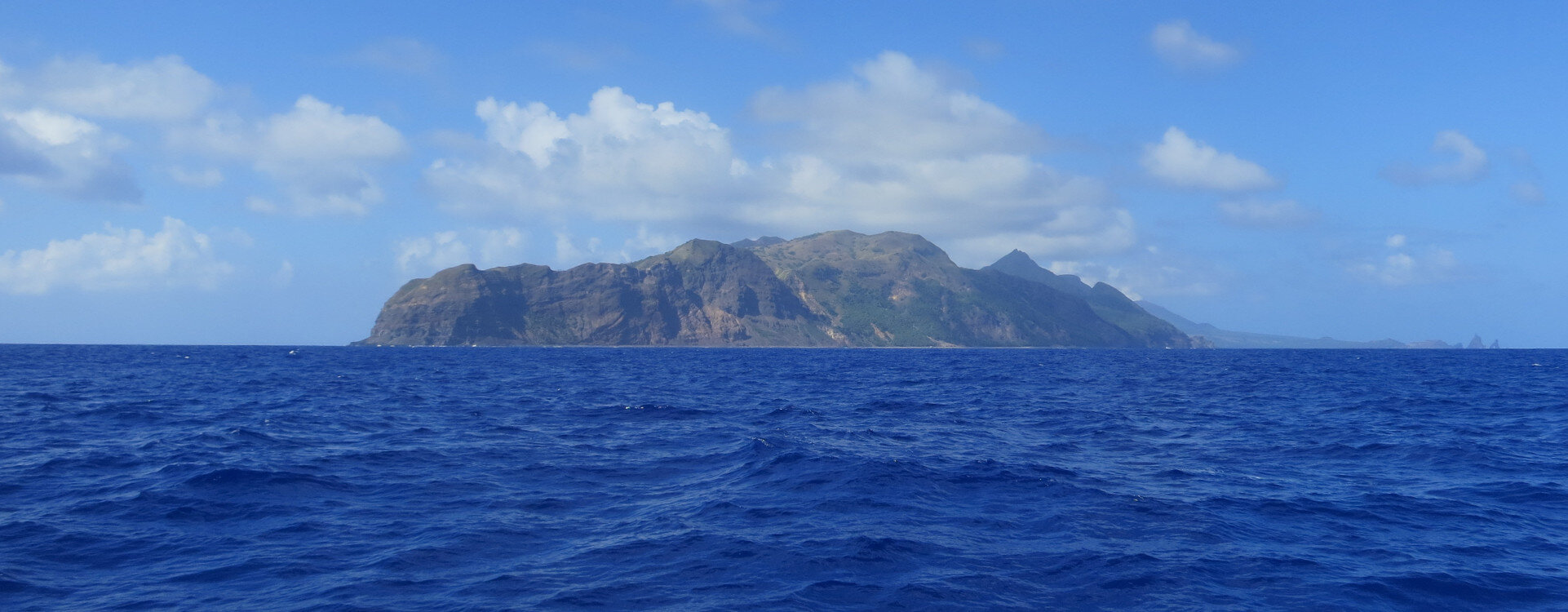

An adventure by Walt F.J. Goodridge
On April 7, 2014, I helped arrange a trip to Pagan for a scientific research group. I was fortunate enough to be able to tag along and ended up spending a few days on the Northern Mariana island of Pagan. Here are photos and videos from my once-in-a-lifetime adventure!—Walt F.J. Goodridge
Where is Pagan?
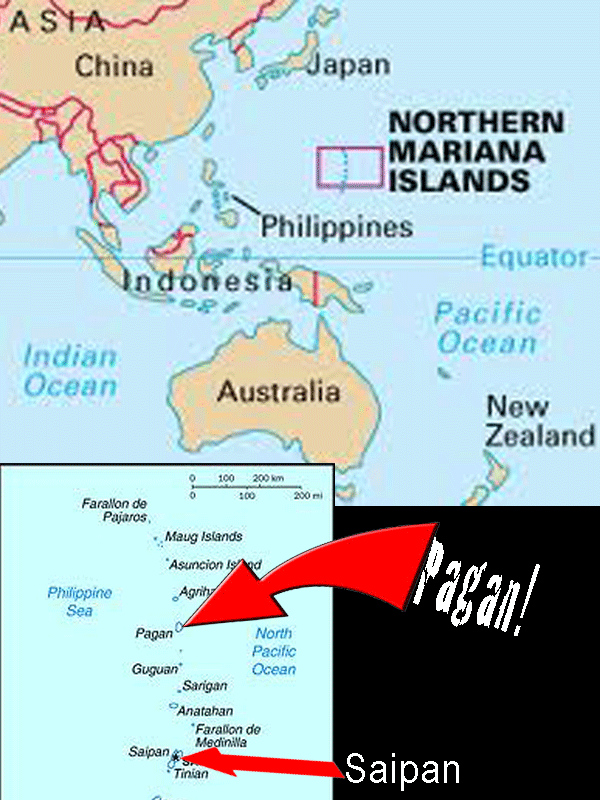
Pagan is a volcanic island in the Mariana Islands archipelago in the Pacific Ocean, belonging to the Commonwealth of the Northern Mariana Islands. The island was formerly inhabited*, but the inhabitants were evacuated due to volcanic eruptions in 1981. Pagan is located about 320 kilometers (200 mi) north of Saipan, the main island of the Northern Mariana Islands. With an area of 47.23 km2 (18.24 sq mi), it is the fourth largest island of the Northern Marianas. The island is a double island consisting of two stratovolcanoes joined by a narrow strip of land with a width of only 600 meters (660 yd). The southern volcano 18.075°N 145.725°E, is 548 m (1,798 ft) high with a caldera approximately 4 km (2.5 mi) in diameter, consisting of four craters joined together.
*While there has been no official re-settlement of the island, there have been “pioneers” over the years who have embarked on individual and group-sponsored return to the island.
Slideshow

If memory serves, we met at the dock at about 10pm for a briefing/orientation by the ship's owner

By about 6:00am the next morning, we passed Anatahan

Sunrise over the Pacific

Inside the bridge with one of two captains!
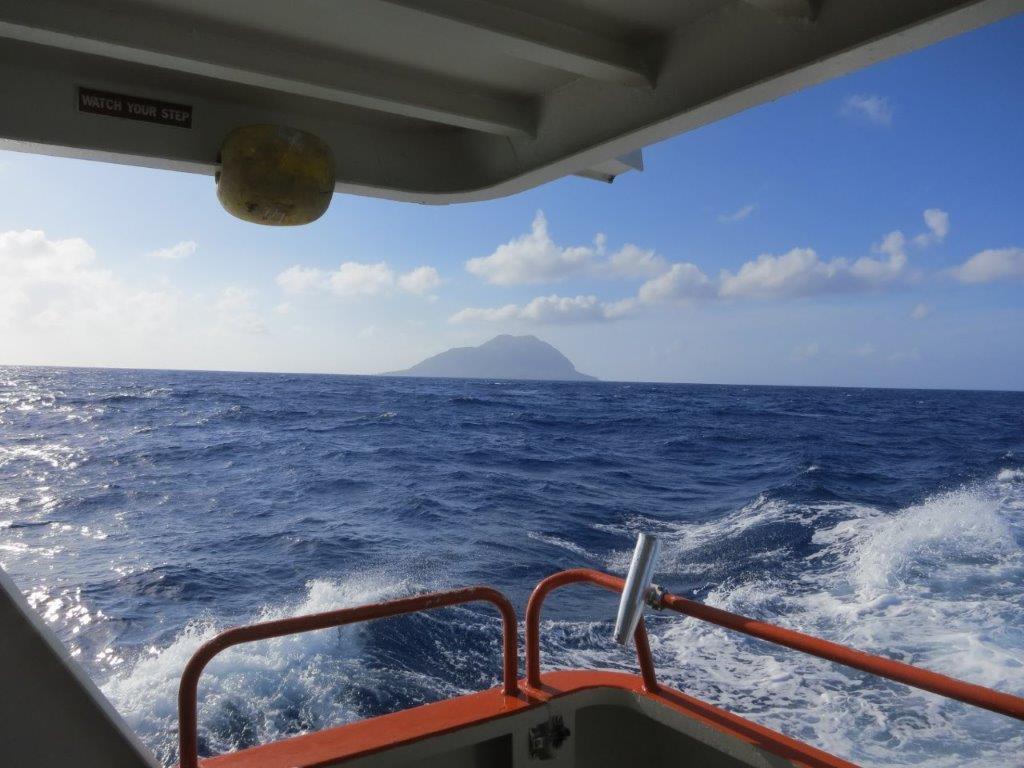
I think that was Sarigan! I missed our sail-by since I think I was busy being nauseous on the cabin floor.


Destination Pagan! Visibe by about 3:00pm
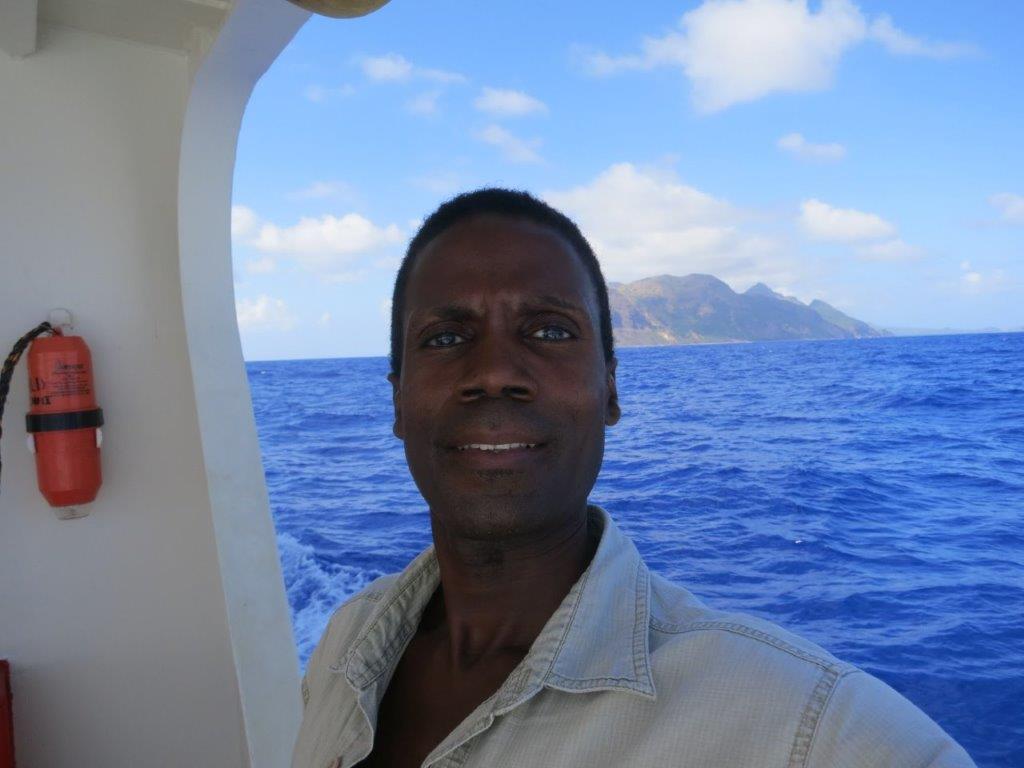
Pagan in the background

The research team and everyone comes on deck to enjoy the majesty of the final approach


Majestic Pagan

Before we actually dock, some of the crew do some fishing in preparation for their evening meal.

We approach from the south but will actually drop anchor just beyond an inlet close to the Pagan airstrip.
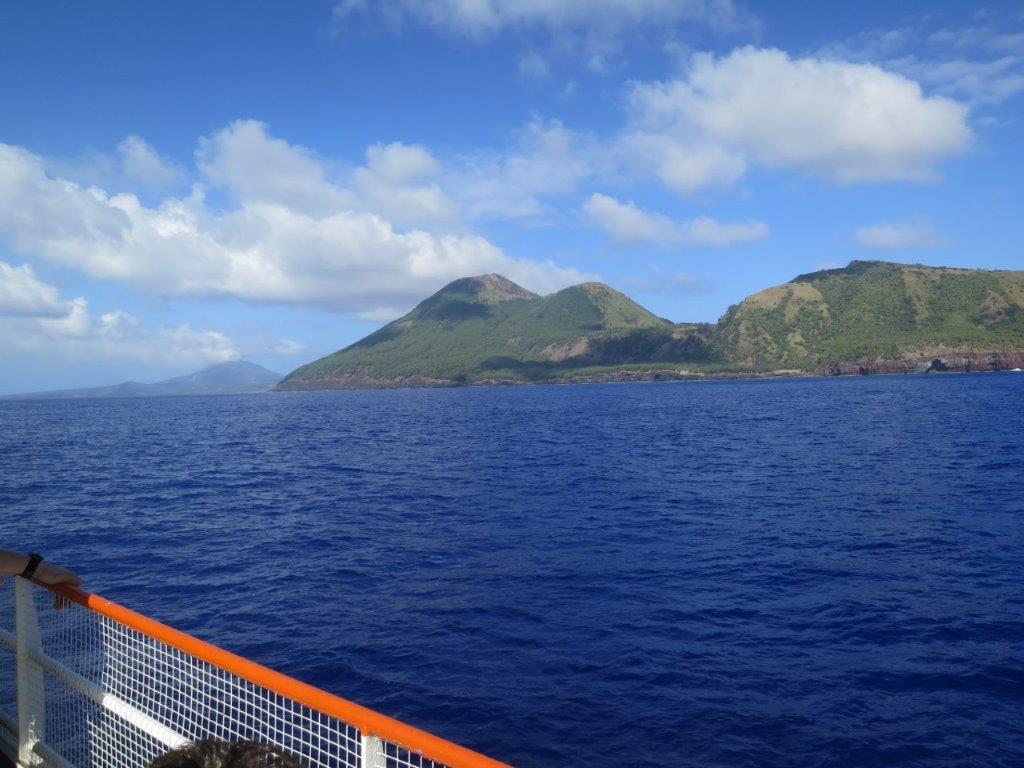

The excitement is high!

One for the scrap book!

The two captains are on deck to monitor the approach.

Speed boat is dropped over the side as the scientists and researchers prepare

Heave ho!



Since I won't be eating with the rest of the folks, I prepare some lentil soup for myself before going ashore.


Sunset over the Pacific


The captain and crew make several trips taking research as well as supplies from the Mayor's office for the small group of residents.

Smoking volcano in the distance

Our "maritime uber" and drivers will remain anchored a few hundred yards off the coast for the duration of the expedition.

Supplies and equpment are off-loaded and everyone participates in the task.

The black sands of Pagan!
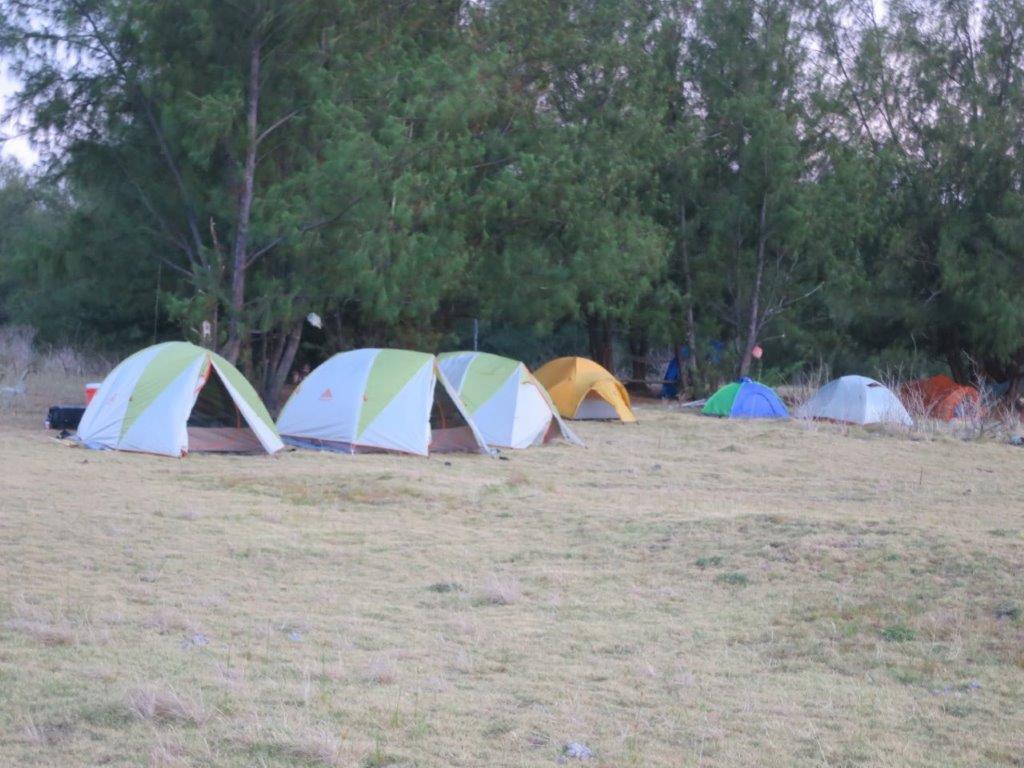
The researchers and government officials set up camp.


One of the local residents and dogs go for a walk
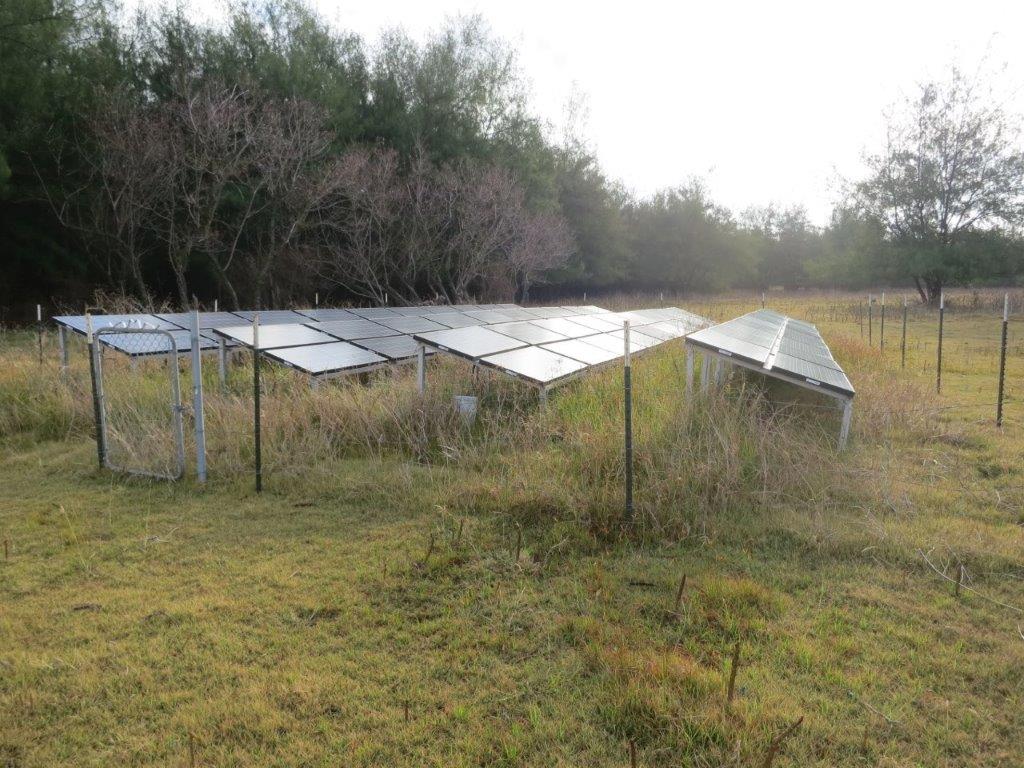
Solar panels left from a previous expedition

Craters from bombs dropped on the island during World War II

The Pagan airstrip! Experienced pilots only, please!
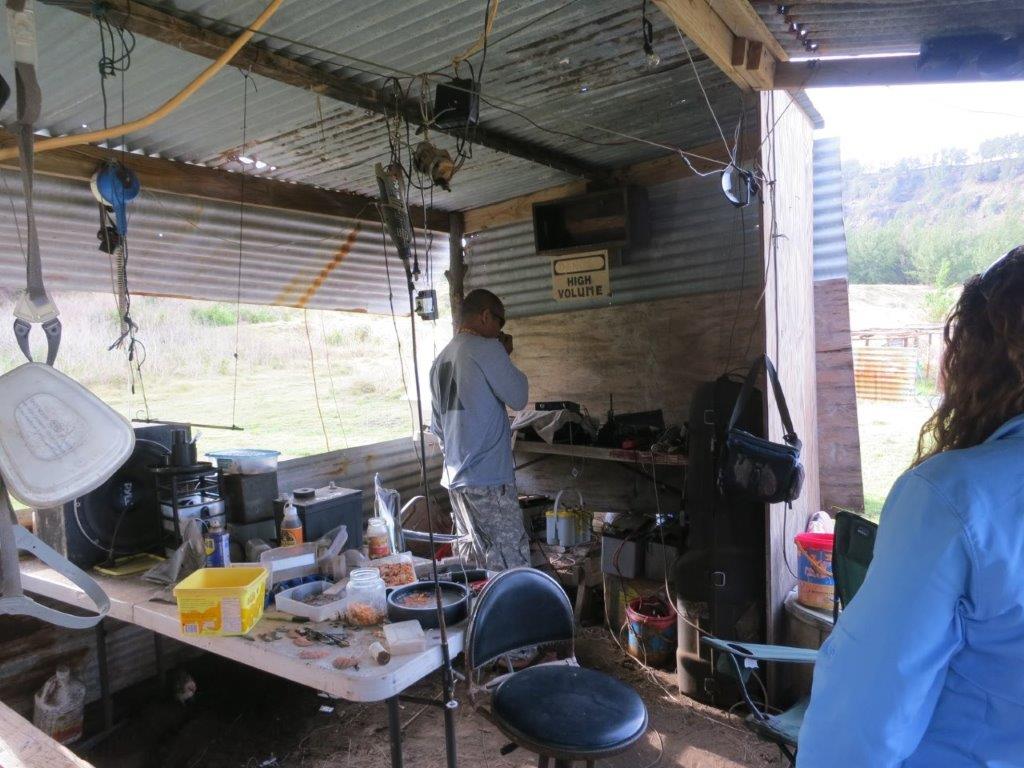
Communication cabin on the island equipped with a satellite phone for communicating with Saipan.
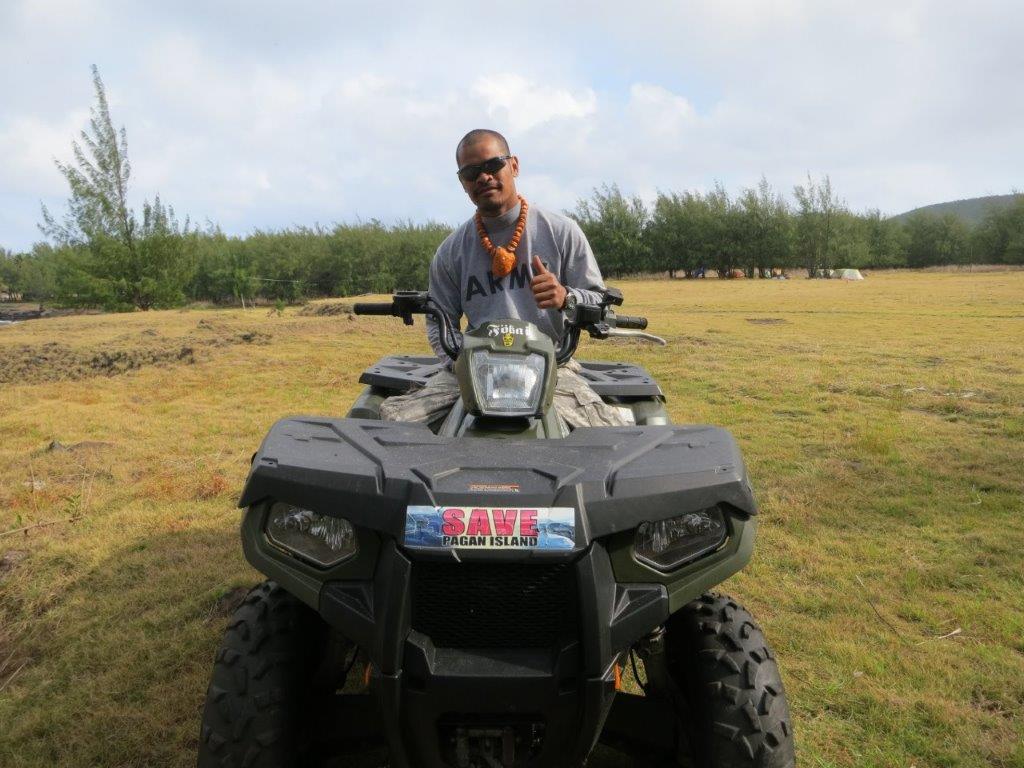
Sandy

Posing with Sandy and one of the government representives
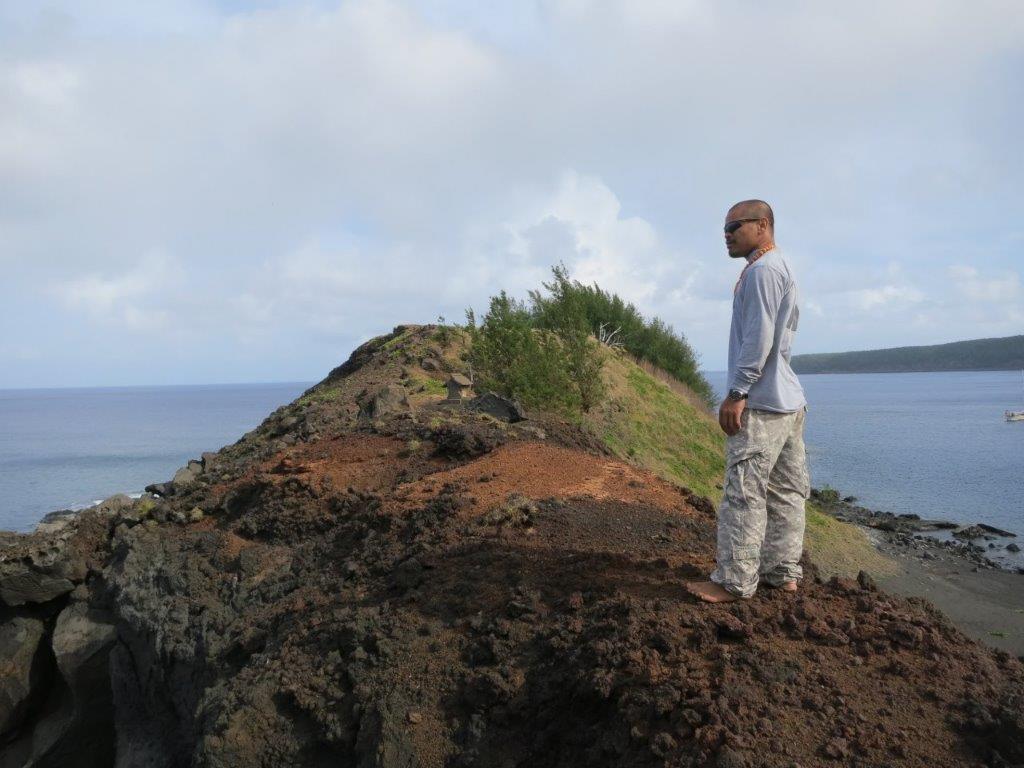
Sandy surveys the island


Jamaican explorer....travels the high seas...and...wait for it...

...claims the island in the name of Jamaica and Bob Marley!
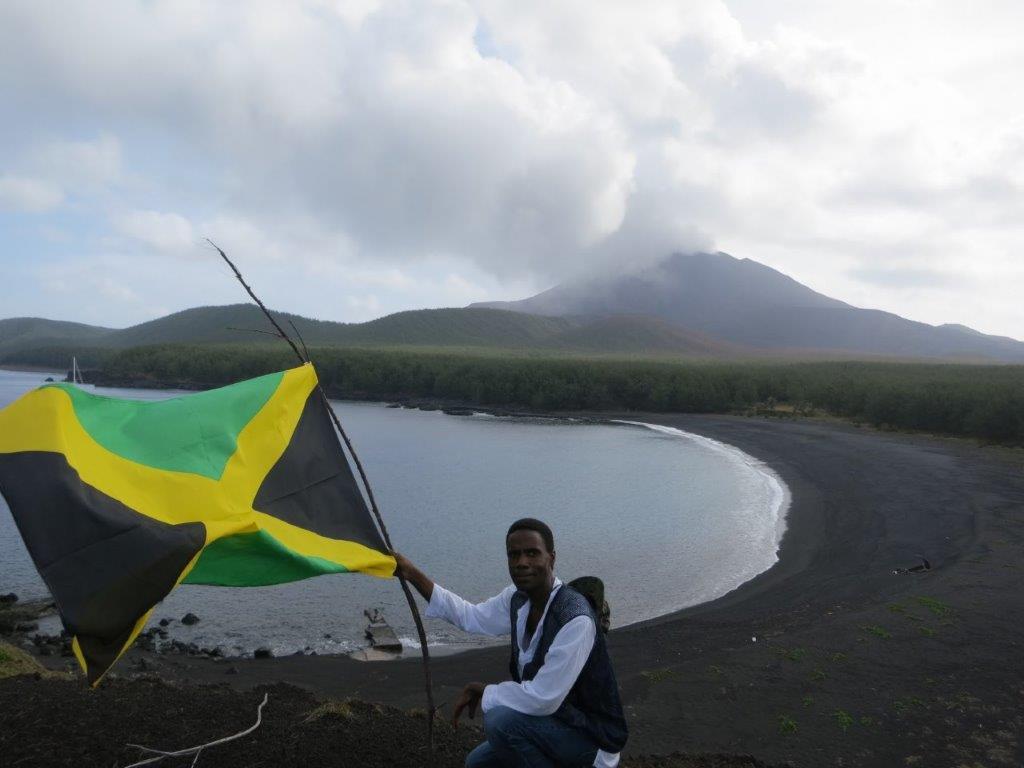

I can confidently say I'm probably the first Jamaican to visit Pagan!

posting with the Black,Green and Gold...
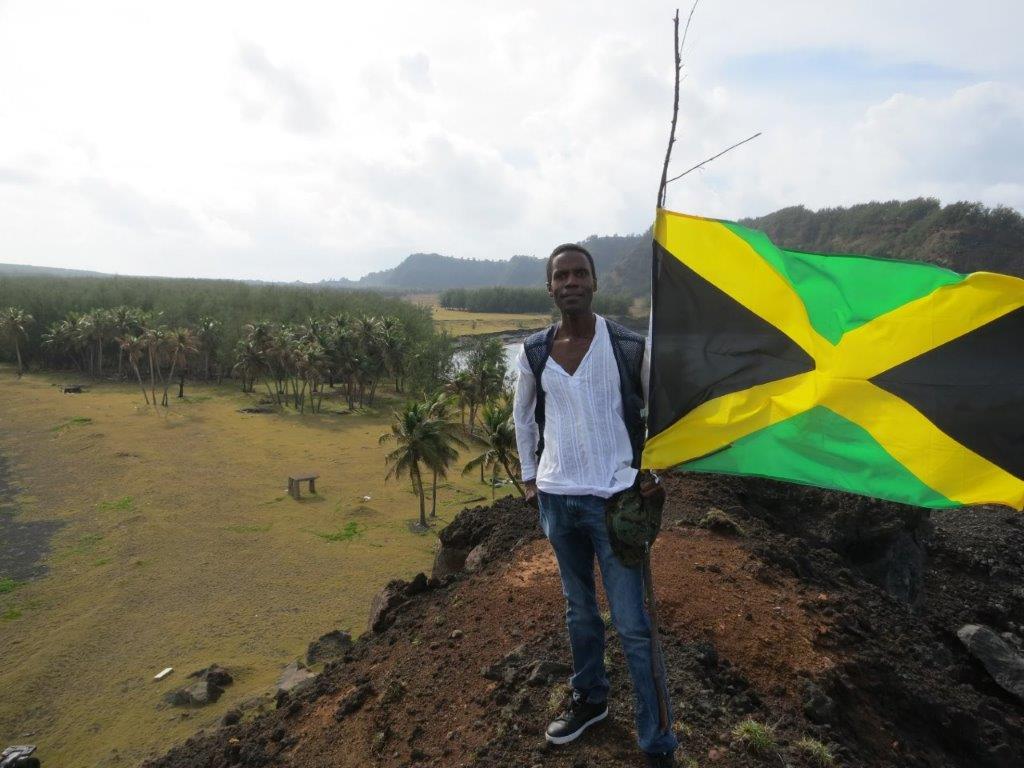
FYI: Meaning of the Jamacain flag colors="Hardships there are, but the land is green and the sun shineth."

Lake on the island
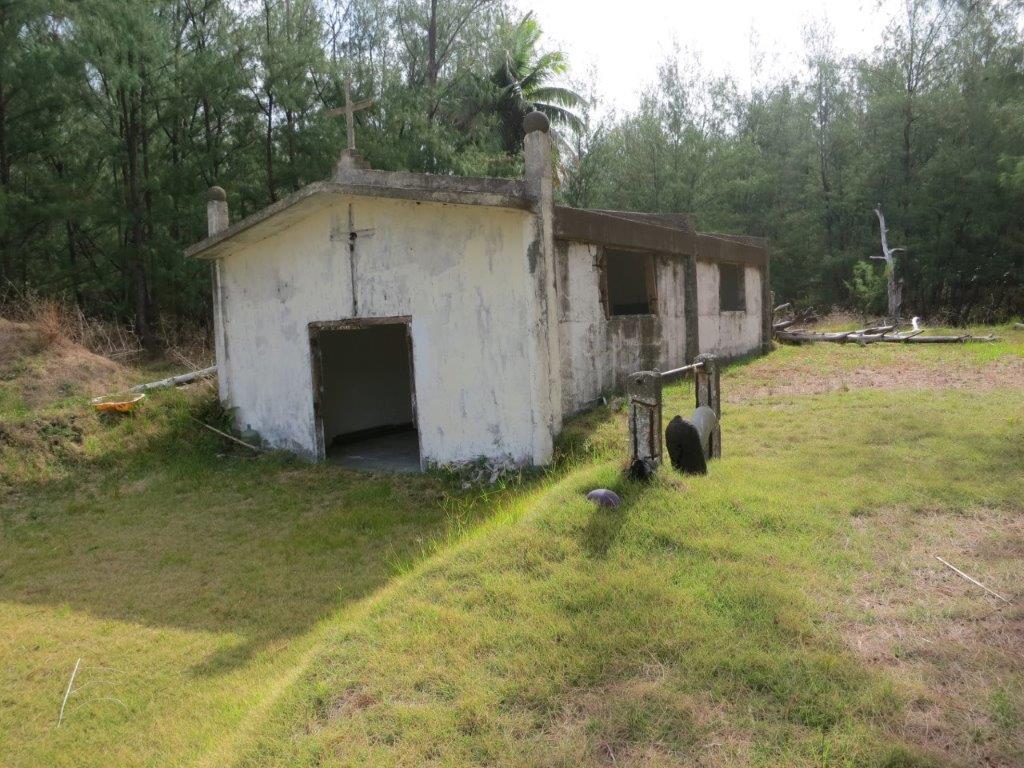
A church and a few other structures still remain from when the island was evacuated in 1981.


Relics of World War II: a crashed Japanese Zero fighter plane

Exploring the Zero


I know some of my Saipan tour clients would appreciate this!
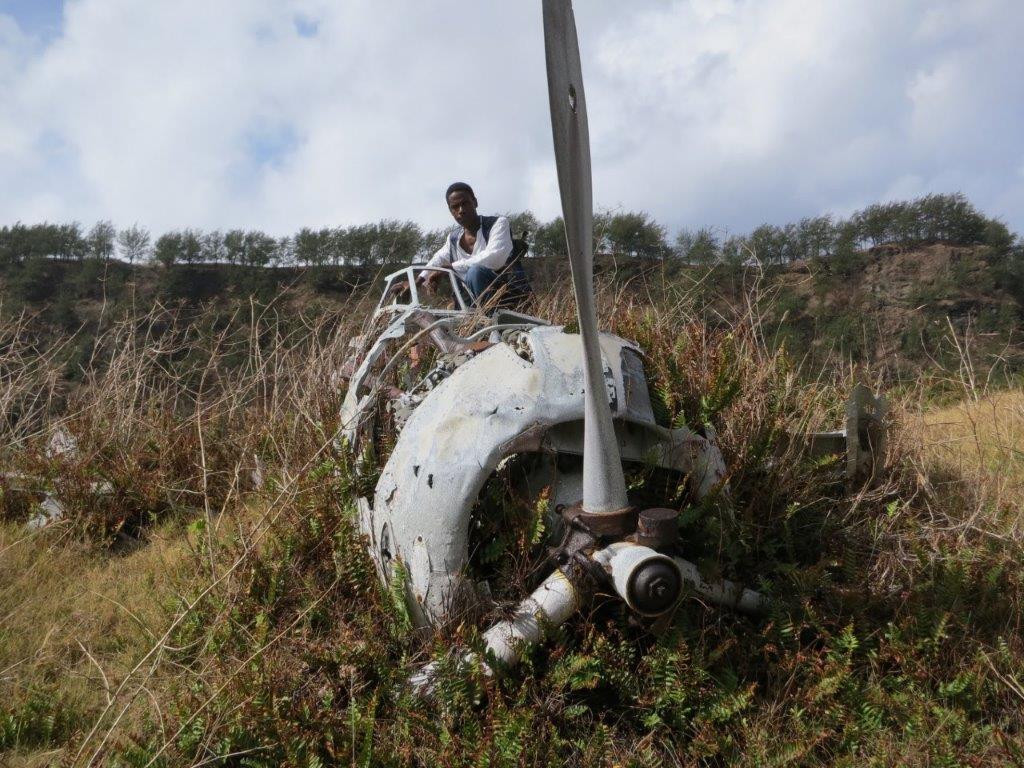

The ridge of rock you see in the background is actually lava. The molten lava stopped just beyond this WWII gun.
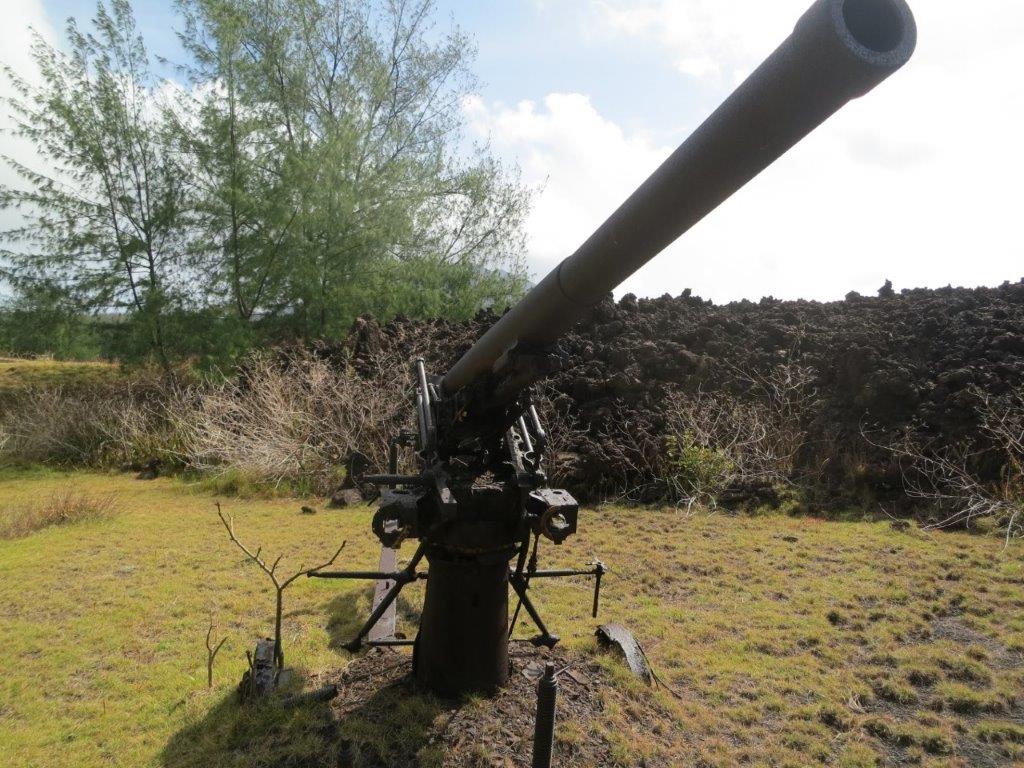

Lava rock.

A helicopter brings additional supplies.


Two of the seven local residents: Pioneers who left Saipan to live a more natural life.


On one of a few trips back to the ship.



Recreating a scene from the movie Castaway.



Tool shed


Walking through the woods of Pagan





The "village" of seven.

Relics from the Japanese era


Locals and visitors go hunting
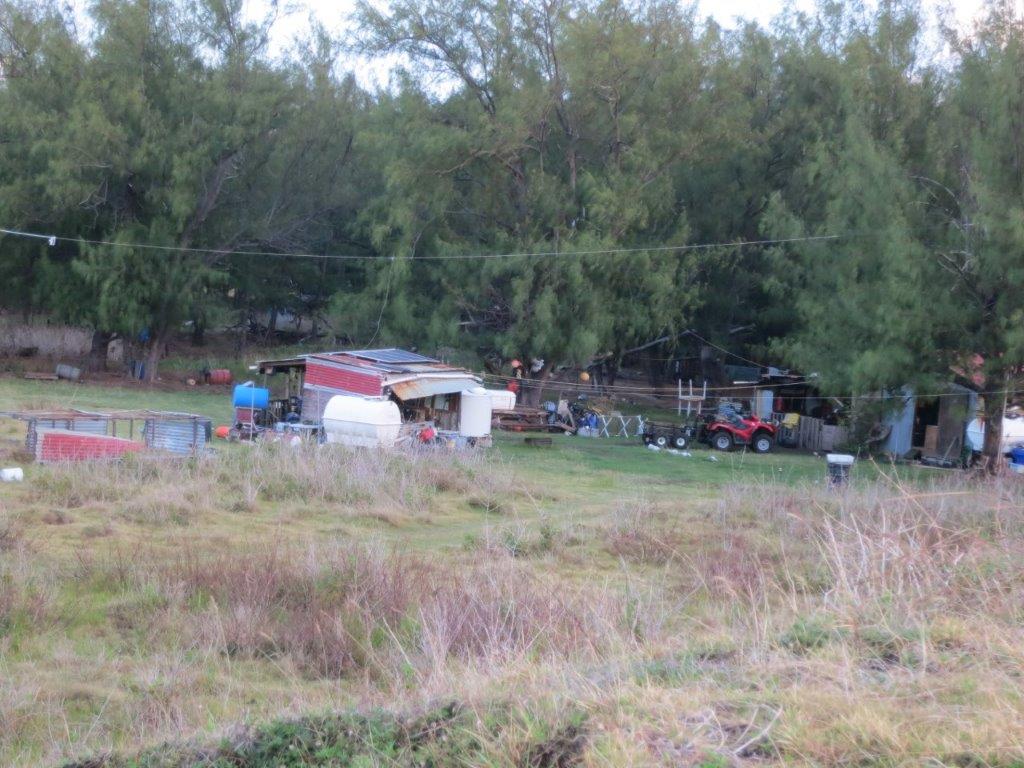

The camp at sunset

On the east side of the island


There's no way you can imagine how hot black sand gets under the midday sun!

A school of dolping frolick on the coast every morning at about 7am
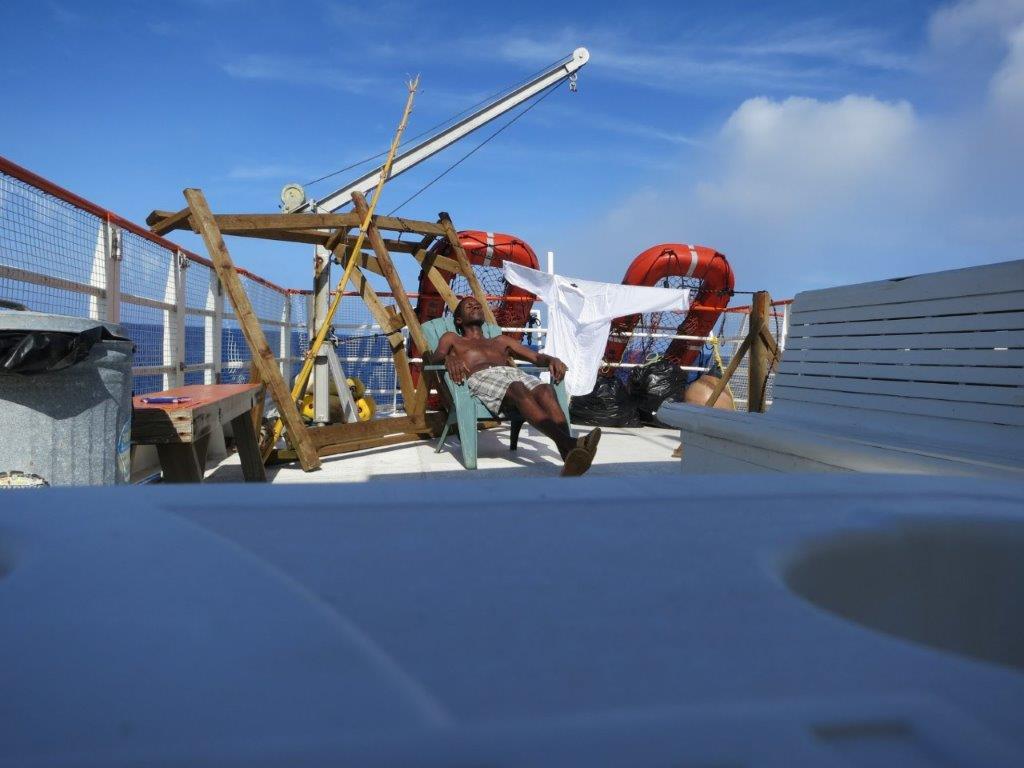
Getting my daily one hour dose of sunlight!
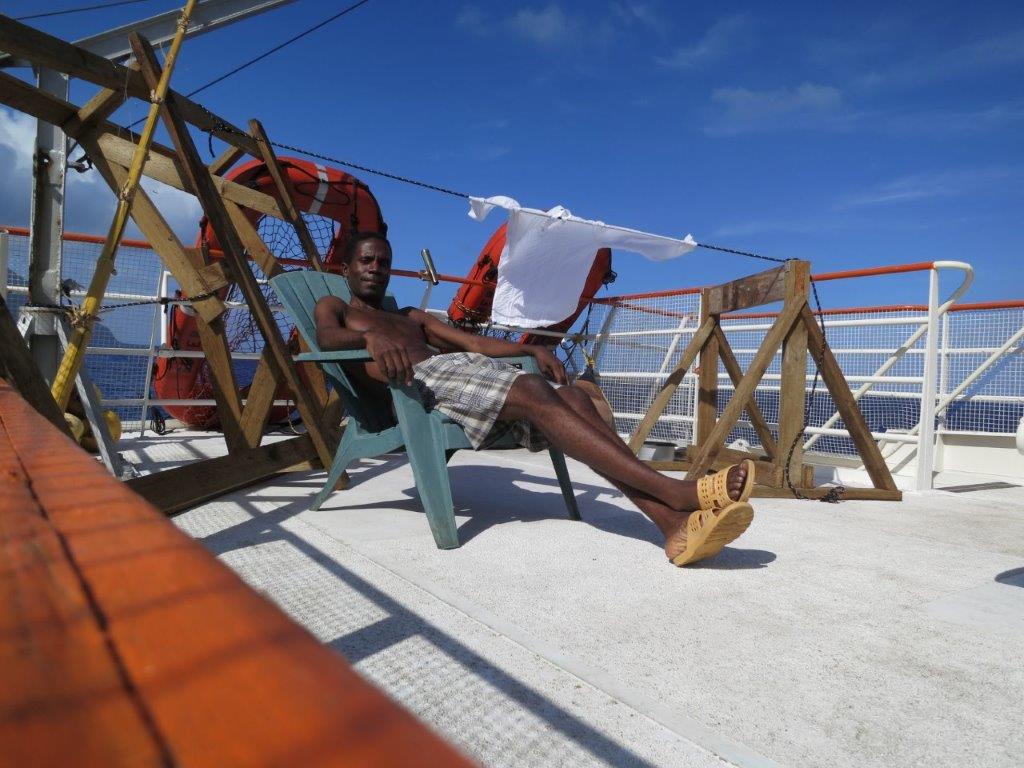

No mosquitoes, no flies, but scorpions abound! Inspect your tent before you go to sleep!


Getting to the heart of the matter. A lesson in harvesting the coconut tree "heart."




Researcher tent






ahh, life on a tropical island! The beauty, the tranquility!



Pagn residents (2014). Seems like Bob beat me here thanks to a painting by Anna Villagomez!


Attorney Joe Hill provided a Pagan Guestbook in anticipation of documenting future visitors to the island!

Me and the boys

Sandy welcomes me to the Pagan!
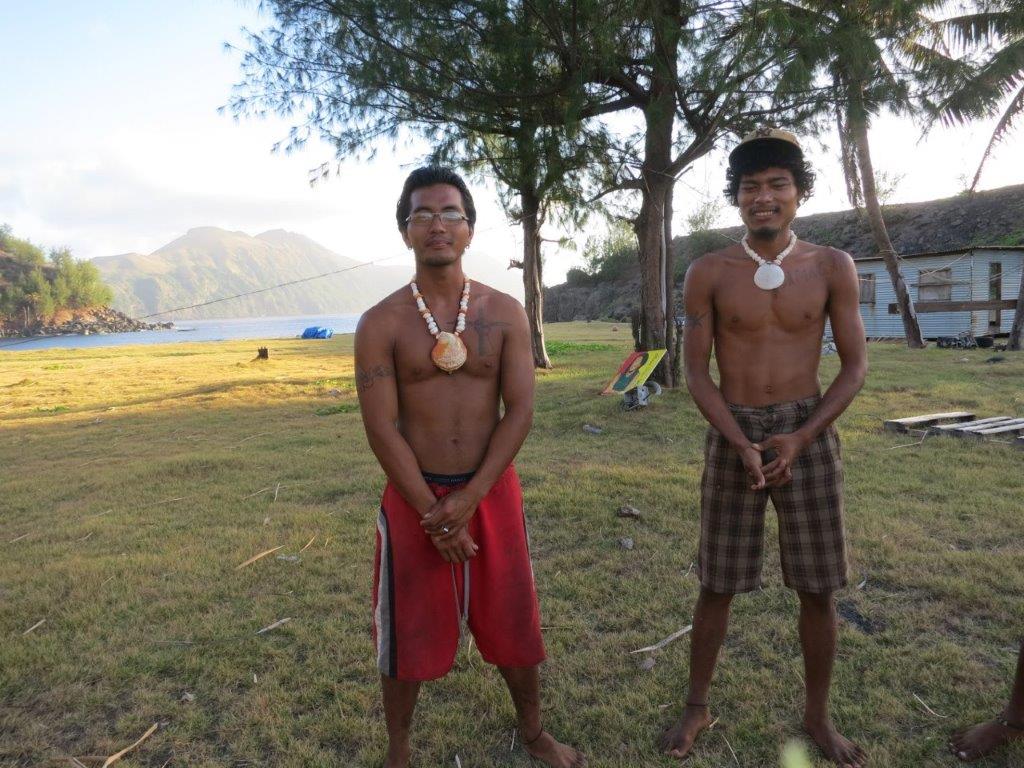
Click the image to watch the interview I did with the Pagan Pioneers https://youtu.be/SmGeq_9TsxM
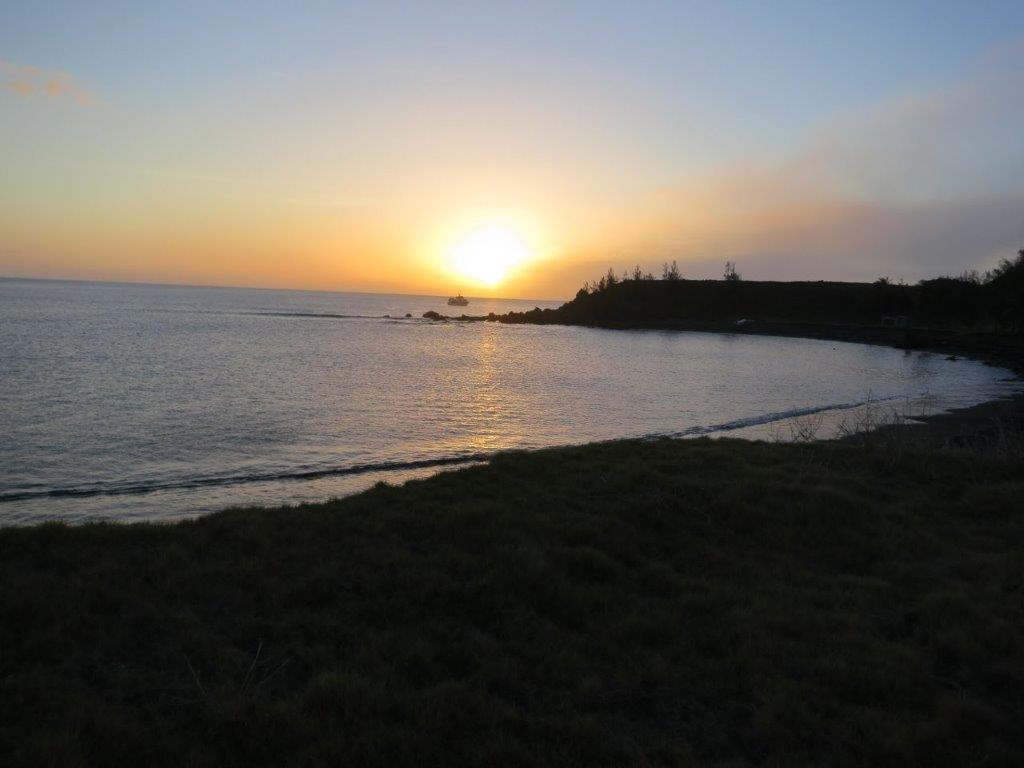
Pagan sunset



Every morning...a shave...

a shower....

oral hygiene....on the black sand beach of Pagan

A plane lands at the Pagan Airport!



The young pioneers from Saipan enjoy a relaxing afternoon



They treat me to some music and shell crafts

Spondylus shell jewelry! You can still find these rare shells on the island

Time for refreshments and electrolytes, the natural way
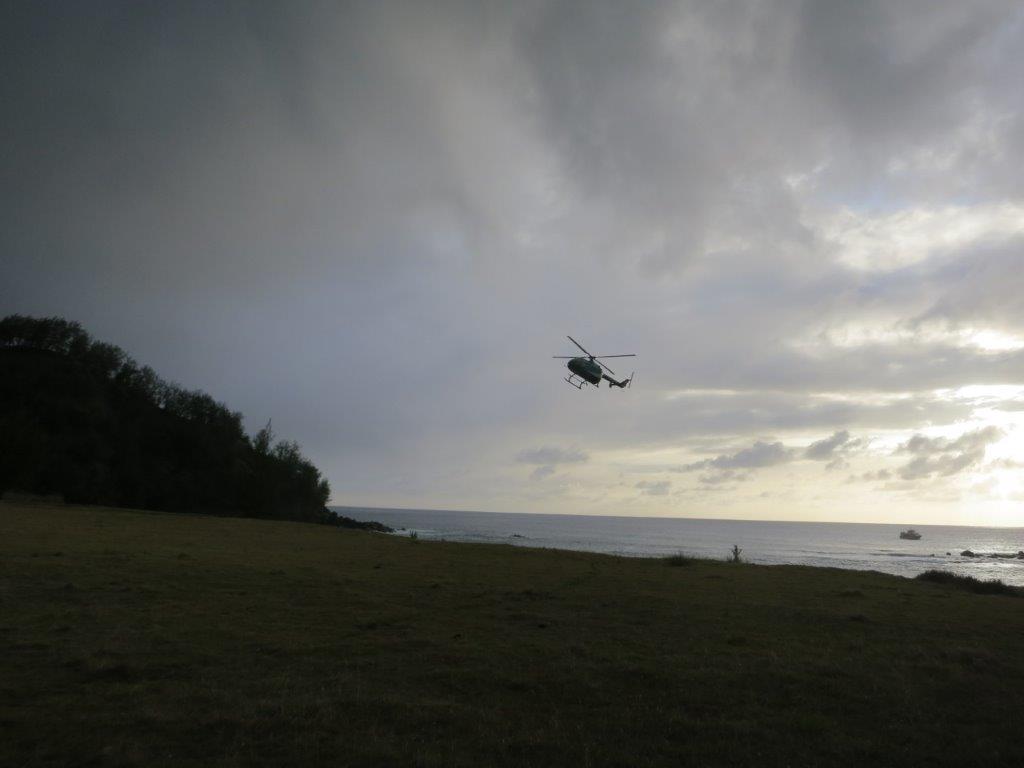
Helicopter approaches. It's about a 2 hour flight from Saipan

Some of the researchers go for a late afternoon swim



Out hunting

Saipan government staff...


This was my home on Pagan for a f ew days

Hanging with the boys!





Final shots...the crew and I head back to the ship

We're circling the island getting a full view of all coasts...









Say goodbye, Pagan! See you next time!
My adventure to Pagan!
Here are some random video clips of the trip to and several days I spent on the Northern Mariana island of Pagan in 2014! This first video—published in June 2020—has previously unreleased clips.
This next video “Meet the Pioneers on Pagan” is the most-viewed on the DiscoverSaipan Youtube channel with over 25,000 views as of June 2020
Help Save Pagan from Military Use!
If you care about preserving pristine planet earth, read this:
"[Pagan] is culturally important, anthropologically important, and biologically important," says Dr. Michael Hadfield, a zoology professor at the University of Hawaii. "[And] when the military takes an island for live-fire training, they destroy it."
A local human rights lawyer, Julian Aguon, underscores this point: "I situate what is going on now as… the latest incarnation of a much longer geopolitical process, and that’s been the militarization, the nuclearization, and colonization of this whole side of the ocean, this whole western Pacific.""This is our home," adds Camacho. "We really look at it not just as fighting for dolphins and whales, but we are trying to protect resources that have belonged to our people for thousands of years, before the US military."
Learn More and Help
Sign the CHANGE.ORG petition: Say no to US war games on Pagan!